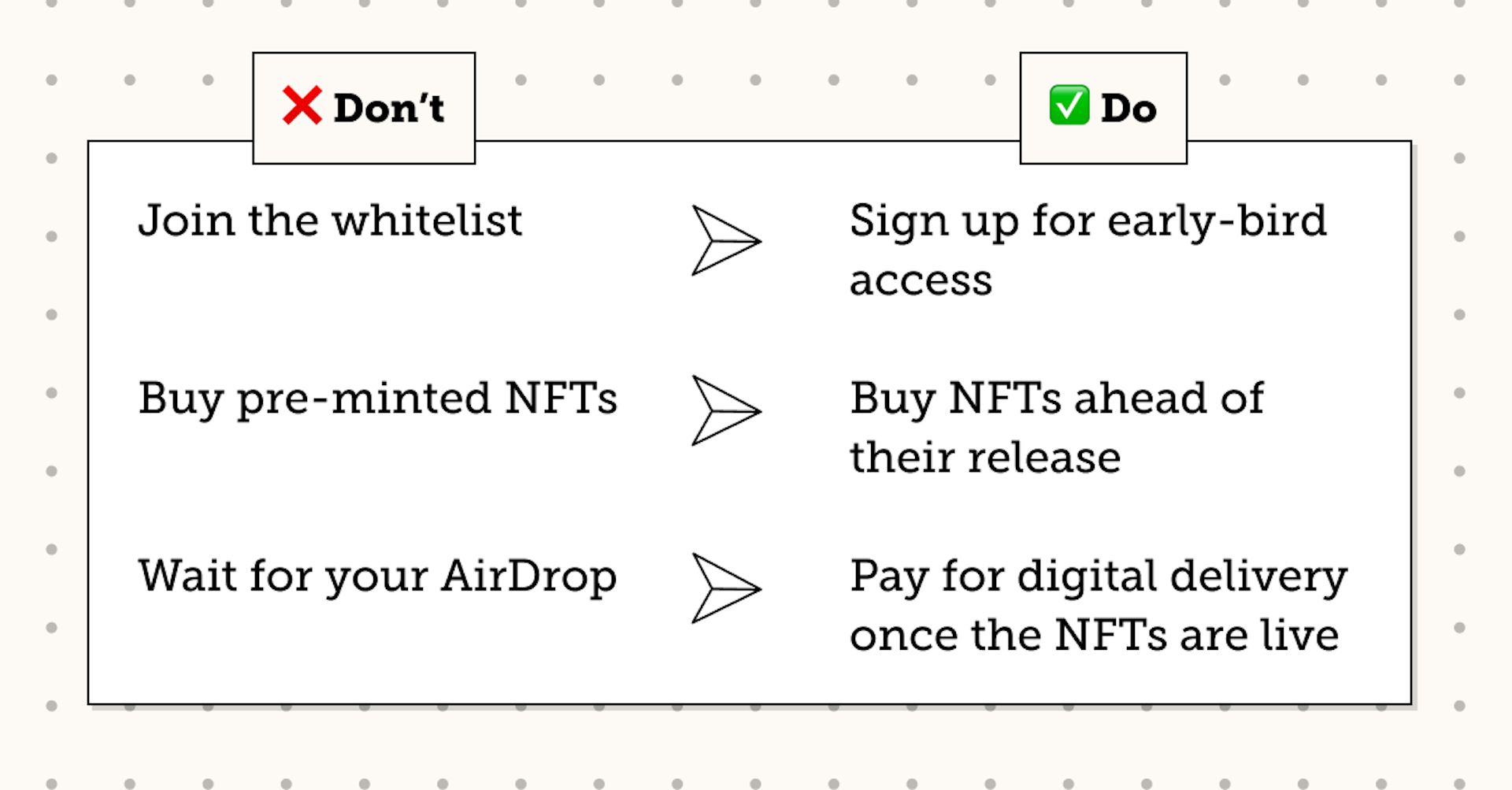Good UX: The secret sauce for Web3 success
By Nate Dadzie - 5 September 2025
5 Min Read
Nothing has the product world buzzing quite like Web3. Blockchain technology is not only changing how we buy, sell and trade goods and services online, but it’s also revolutionising how we approach data and privacy.
At its core, Web3 is about empowering the individual. It reduces the steps between you and the endpoint, giving you more visibility (and control) over who and what you and your money support. And, in times like these, this feels more important than ever.
But Web3 comes with its challenges. Right now, the industry is focused on the technical infrastructure to deliver Web3. But no tech is an island. Customers need to be able to navigate the product and enjoy the experience. Otherwise, they simply won’t come back. This makes good UX and UI the secret sauce of successful Web3 products.
So, how exactly do you make user-friendly digital products in an industry evolving at lightning speed? Our experience in the Decentralised Finance space means we have a few top tips for building products in new markets that will have your customers coming back for more.
Make it simple
New tech means new language, which can be a big blocker for those dipping their toe in the blockchain pool. Asking someone to ‘join a whitelist so they can buy a pre-minted NFT using Polygon Matic with delivery via AirDrop that is timed to reduce the gas fee’ is enough to have them running for the hills. Of course, these terms will eventually become part of the vernacular, but you can onboard more users today by simplifying the language. Let me show you.
A 'whitelist' may be a familiar term for the digitally savvy, but the general population is more likely to understand the concept of a pre-sale or waitlist. Similarly, while file delivery via AirDrop is common among the Apple community, it’s crucial that everyone understands how their NFT will be transferred to their digital wallet and timed to make sure they pay the lowest delivery charge possible.
By leaning in to the language used every day in digital banking, eCommerce and events, it’s much easier for people to get onboard the NFT train. And given universal standards for Web3 are a way off, explaining things in familiar terms will also keep your team aligned.

Make it tangible
Most people understand the concept of owning shares. We get the value in a house, a business, or a holiday rental. NFTs are just an extension of that, albeit with nothing physical to see, hold or sell. This lack of tangibility explains why the perceived value of NFTs can be a blocker for some customers and why it’s vital to let people know exactly what they’re getting.
Take music NFTs, for example. Customers are not just buying a share of a track or album, which they can trade or sell at any time. In some cases, they’re also getting direct access to the artist, invites to special events, bespoke content etc. The role of product is to hero the NFT’s value, so users understand its worth and are happy to part with their hard-earned cash.
The other way to think about value is in terms of the blockchain itself because the benefit of Web3 for the individual is also worth shouting about.
When the internet first launched in 1991, users could access information at the click of a button from the comfort of their own homes. Worth it. With Web2 came social networks and the opportunity to interact with people worldwide. Again, worth it, if you discount the sacrifice of personal data and privacy. With Web3, users can take control of their digital assets and personal data, opening up a world of possibilities in terms of monetisation. In other words, not only do you own a share of an artist’s song but, in the future of NFT ownership, you'll likely get paid every time that song is played anywhere around the globe. Now that’s what I call value.
Make it familiar
Remember when online payments first came into play? We were all pretty nervous about connecting our credit cards to the internet, which made mass adoption a huge challenge. Nowadays, we’re so comfortable with online transactions that most of us would prefer to use Apple Pay or PayPal to avoid the hassle of finding our bank details.
When it comes to Web3, the payment process can be a bit of a minefield. For a lot of NFTs, you need to have a specific type of cryptocurrency to make a purchase and an online wallet to house said crypto. Not only does this require more steps than a traditional transaction, but for people new to crypto, the complexity and lack of familiarity can be a blocker. Luckily, services like Circle exist to reduce the friction.
A crypto-specific branch of contactless card payment provider Square, Circle enables people to purchase NFTs using a traditional credit card. Circle simply debits your account in fiat currency (fine English pounds, for example) and sends the requisite amount of crypto in exchange for the NFT.
By making the payment process quick, easy and, most importantly, familiar, you’ve instantly removed a key barrier to entry. It’s a win for the customer and a win for the NFT, which never has to leave the blockchain!
Conclusion
It’s important to remember that when there’s perceived value in something, people are much more likely to endure any friction in obtaining it. You can believe that if I had foreseen the value of Bitcoin, I would have figured out how to get my hands on some way back in 2010.
Ultimately, there are two routes for a successful Web3 product. You either dismiss the user journey because you’re offering insane value. Or you make it a compelling sale by simplifying the language, showing the value and making the path to purchase feel safe and familiar for your customers.